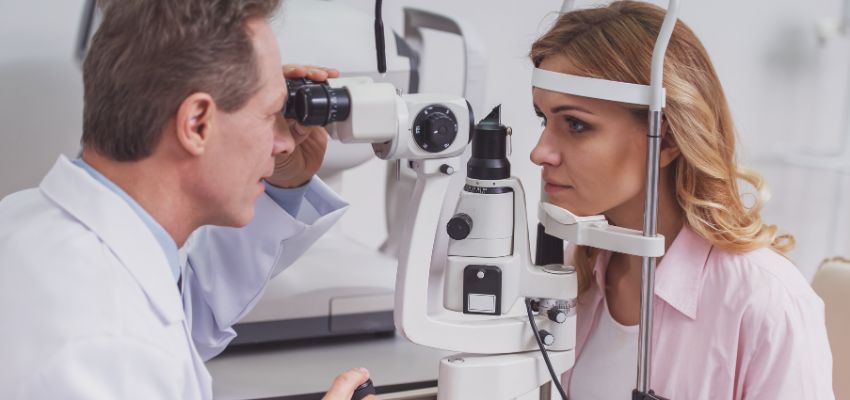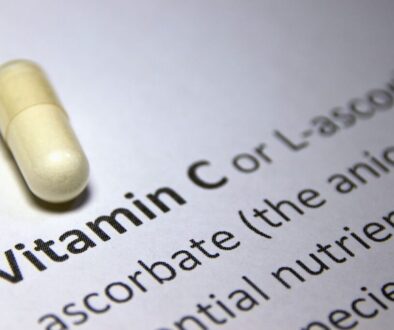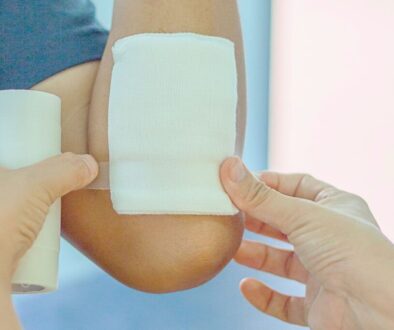What Is HCT/P? Everything You Need To Know

FDA’s Regulatory Criteria For HCT/Ps
The FDA ensures that the products meet strict safety and quality standards. Its regulations reduce risks like disease transmission and preserve the functionality and integrity of these products.
Criteria For Classifying HCT/Ps
Not all tissue or cell products qualify as HCT/Ps. To fulfill the criteria outlined in 21 CFR 1271.10(a), the following requirements must be satisfied:
- Minimal manipulation. The product must be processed without altering its original biological characteristics. This ensures the tissue retains its natural properties and functionality.
- Homologous use. The product’s intended use must align with the tissue’s natural function. For example, bone should be used for orthopedic repair, and skin should be used for wound coverage.
- No additional articles. The product must only be combined with water or crystalloids. Other substances are not allowed unless needed for preservation or storage. This prevents introducing new clinical safety concerns.
- Systematic effect or dependency on metabolic activity. The product must have no systemic impact or reliance on living cells’ metabolic activity to function. If it does, it must meet specific conditions, including:
- Autologous use. Intended for use by the original donor.
- Allogeneic use. Limited to first or second-degree relatives.
- Reproductive use. Examples include sperm or egg donation.
These criteria are designed to simplify regulation while maintaining their safe and appropriate use. By adhering to these standards, the FDA ensures that these products are effective and responsibly applied.
Regulatory Requirements And Processes
HCT/Ps are strictly regulated under 21 CFR 1271.10(a). These rules ensure product safety and quality. They also work to prevent the spread of communicable diseases.
Key regulatory areas include:
- Establishment registration and donor eligibility. Facilities handling the product must register with the FDA and adhere to strict donor eligibility protocols. These protocols include thorough screening. Testing is conducted to reduce the risk of disease transmission.
- Current Good Tissue Practice (CGTP). CGTP standards ensure the safety and quality of HCT/Ps. They regulate their manufacturing, processing, storage, and distribution and cover every stage of the product life cycle.
- Reporting requirements. Manufacturers must report adverse reactions and deviations. This ensures product performance is monitored and safety standards are upheld.
- Labeling and exemptions/alternative procedures. The labels follow strict regulations. They ensure clear and accurate communication of use and properties. Certain exemptions or alternative procedures may apply under specific circumstances.
By following these requirements, healthcare providers and manufacturers ensure ethical practices and promote safe and effective use. This approach prioritizes product integrity and protects public health.
What Are Examples Of HCT/P Products?
HCT/Ps cover a broad range, including many types of cells and tissues. Their applications can be life-changing.
Here are some notable examples:
- Bone. Commonly used in orthopedic procedures to repair and replace damaged structures.
- Heart valves. Essential for cardiac surgeries, enabling valve replacement, and restoring heart function.
- Ligaments. Widely used to repair sports injuries or trauma to restore mobility and strength.
- Corneas. Crucial for vision restoration through transplantation, offering hope to those with impaired sight.
- Hematopoietic progenitor cells (HPCs). These stem cells are derived from peripheral or cord blood and are pivotal in treating blood disorders like leukemia.
- Skin. Frequently employed in burn care and reconstructive surgeries to promote healing and recovery.
- Semen and reproductive tissues. Integral to fertility treatments, aiding individuals and couples in starting families.
- Decellularized human placental connective tissue matrix and epithelial cells on synthetic matrices. Innovative advancements in regenerative medicine push the boundaries of therapeutic possibilities.
These examples show the impact of HCT/Ps in modern medicine. They improve patient’s quality of life and address complex medical challenges.

Unlocking The Potential Of HCT/Ps
HCT/Ps are revolutionizing medical care. Now that you know the HCT/P meaning, these products offer groundbreaking solutions like corneal transplants to restore vision and HPC treatments for blood disorders. The FDA enforces strict regulations to ensure their safety and effectiveness while promoting ethical management. Collaboration between regulators, providers, and industry is essential. This teamwork drives innovation and brings hope to millions.
Heal Ulcers, Burns, & Surgery Wounds With Break-Through Amniotic Allograft Treatments
Experience the future of wound care with our advanced amniotic allograft treatments. Say goodbye to slow healing. Our innovative solutions promote faster recovery from pressure wounds, ulcers, burns, and surgical wounds. Trust the power of science for your healing journey. Regain your comfort and health today! See if you are eligible for treatment here.

About The Author
Corinne Grace is a full-time writer living in the Philippines. She has a nursing degree from Riverside College. Her background in nursing informs her perspective, allowing her to weave in themes of health, empathy, and resilience into her work.




